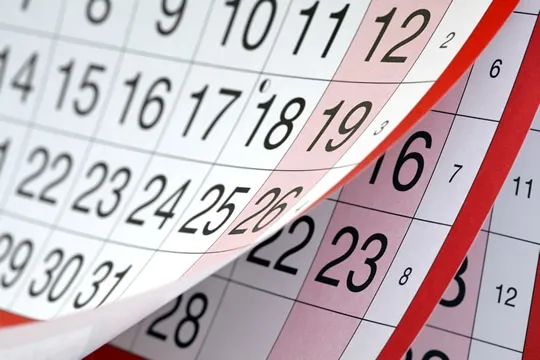
Make sure your screed is completely dry
Why is it so important to wait for your screed to dry?
According to industry experts, moisture is one of the prime culprits responsible for many flooring problems, including screed failure. Although damage to finishes is typically the main concern, moisture can have a negative impact on the entire building.
Buckling floors, blisters on vinyl surface, and musty carpet smell are all signs of under-floor moisture. Below are the most common reasons why moisture-related problems occur in the first place.
- Final floors are installed before the screed is fully dried: Residual moisture problems must be eliminated prior to installing the final floor. Although all screeds come with certain drying time recommendations, with the traditional screed taking up to 110 days to dry completely, drying rates are subject to the conditions on the site, including relative humidity and ventilation. Important problems usually occur when moisture cannot be eliminated. For instance, if the humidity underneath the screed is 95 percent, the screed will not dry until the moisture level decreases to 75 percent or less.
- No damp-proofing technologies are used: Even if no moisture emission is detected, screeders should still use moisture barriers for all under-floor constructions. The most commonly used barriers are the polyethylene plastic rolls or sheets, also referred to as damp-proof membranes (DPMs), which prevent residual moisture from rising to the surface.
- Leakage and flooding: Leaking pipes, roofs, windows, cooling and heating systems along with major floods can cause widespread damage to ceilings, walls, and floors. After damaging the floor surface, causing stains, buckling and swelling, water usually infiltrates below the floor and accumulates on DPMs, promoting moisture and mould growth, which further deteriorates the building.
If the floor finish is laid over semi-dried screed, the hydrostatic pressure – typically resulting from the weight of material above – will force residual moisture upwards. Over time, moisture will affect the screed and the final floor along with any special treatments, including sealers and adhesives, eventually weakening the bond between the screed and floor covering, which may cause floor swelling, buckling, or cupping.
For expert advice on how to solve and prevent screed problems, contact us at HomeScreed. Our professional screeders are here, ready to offer free advice, no-obligation quotes, and project estimates.
